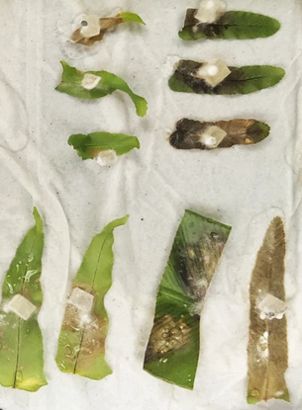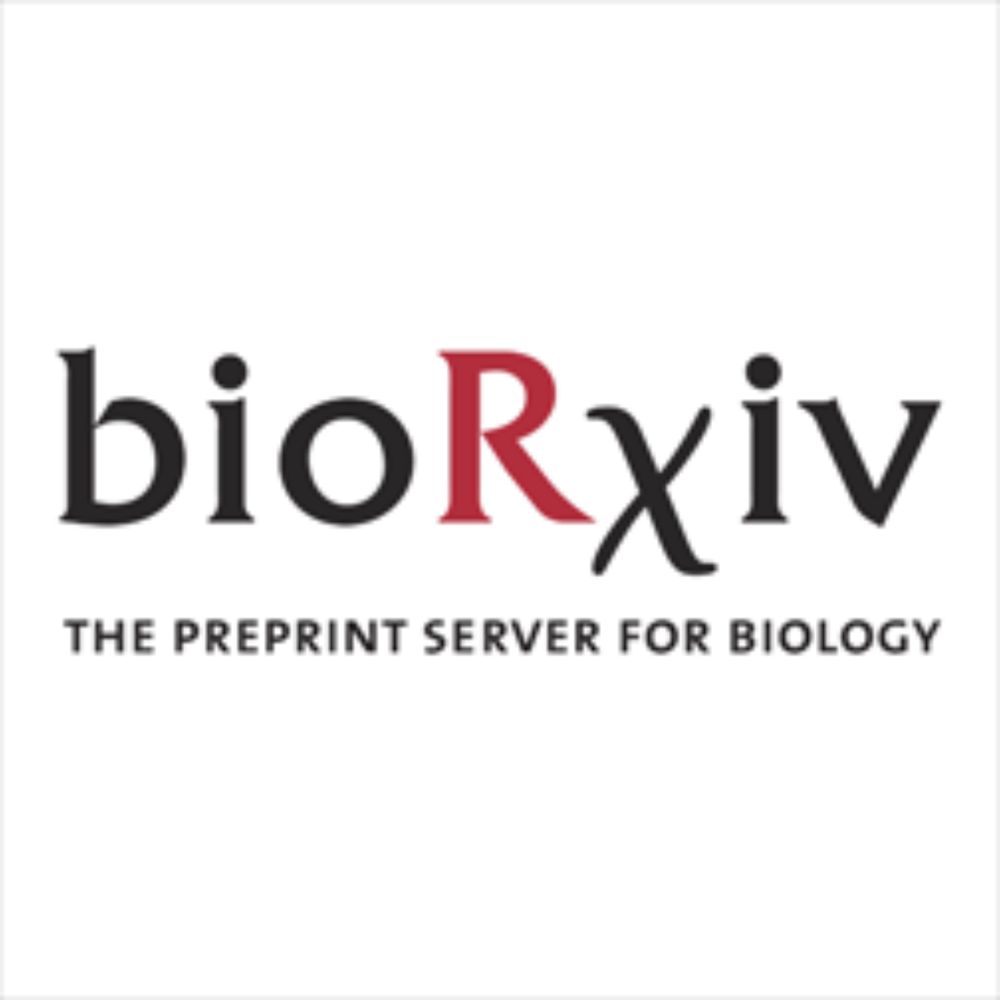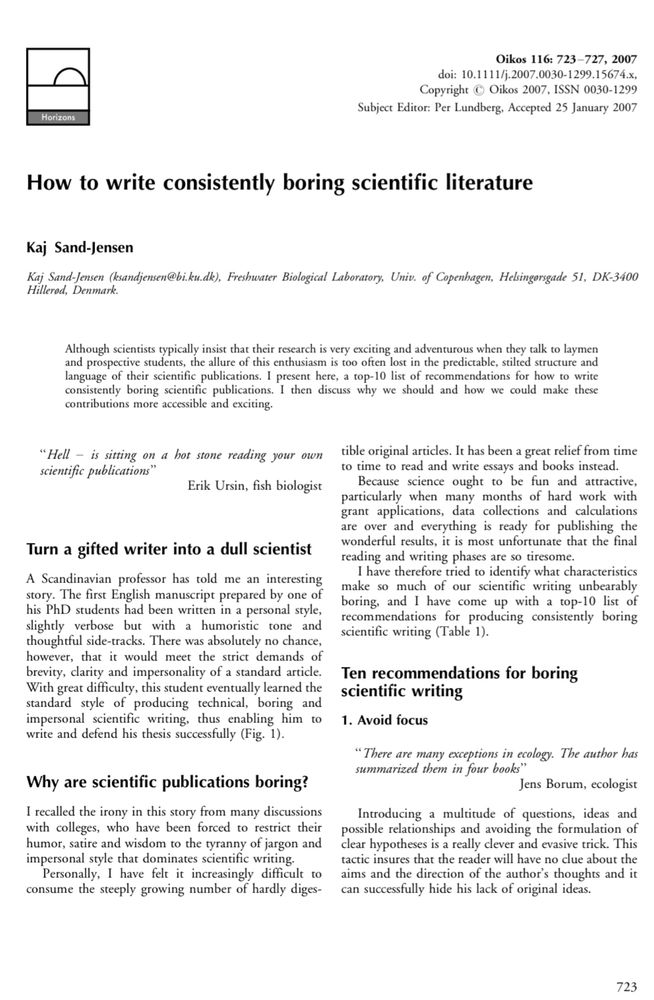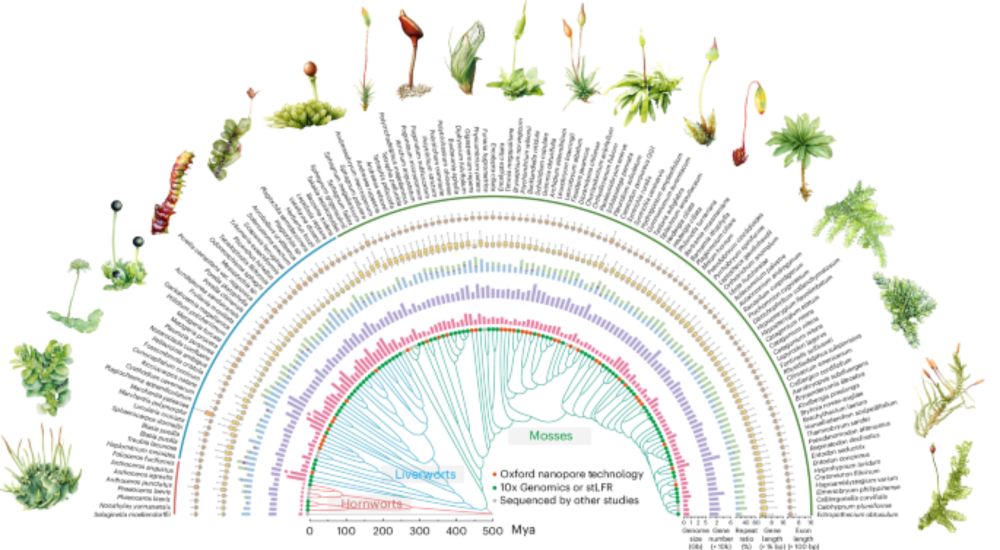David Hoey
@davidjhoey.bsky.social
300 followers
420 following
16 posts
Postdoc in Molecular Palaeobotany and Evolution Group @ Uni of Edinburgh. Working on bryophytes and lycophytes, interested in environmental signalling and evolutionary transitions. 🌱🍀🏴
Posts
Media
Videos
Starter Packs
Reposted by David Hoey
Reposted by David Hoey
Reposted by David Hoey
Reposted by David Hoey
Reposted by David Hoey
Reposted by David Hoey
Reposted by David Hoey
Reposted by David Hoey
Reposted by David Hoey
Reposted by David Hoey
Reposted by David Hoey



















